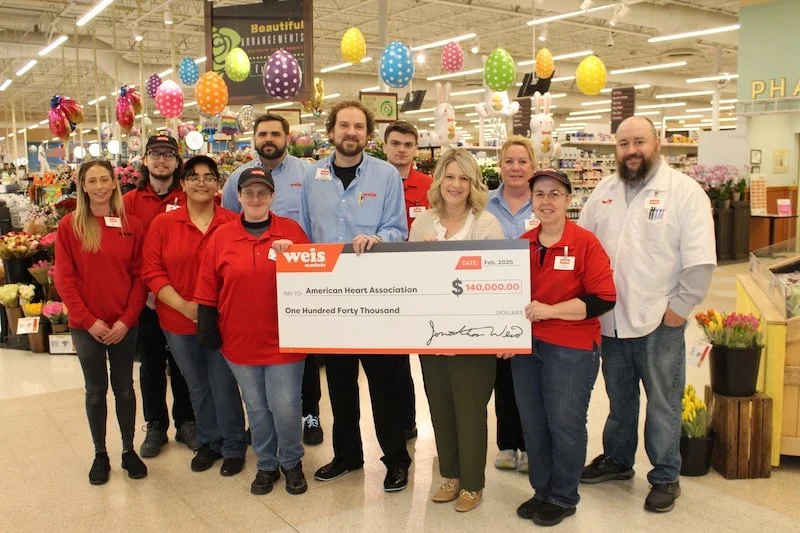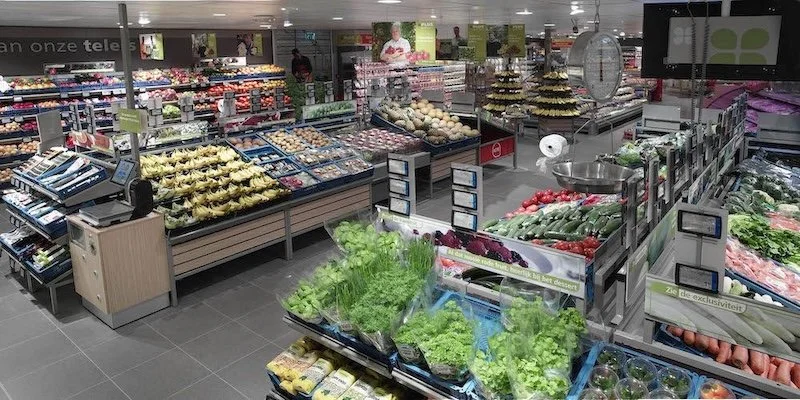Marqeta research: consumer payments, spending and use of credit shifts amid cost-of-living crisis
Consumers are looking to new tools and brands to access credit and other financial services, according to a survey published by Marqeta, a card issuing platform.
The company surveyed 3,000 consumers globally – including 1,000 in the United Kingdom – highlighting that 38% of UK respondents have used buy now, pay later (BNPL) services to make ends meet during the last 12 months, increasing to 61% amongst 26-34 year olds.
Over the last 12 months, people have been increasingly reliant on credit, with 53% of UK respondents reporting that they are now routinely using credit cards to make ends meet.
Exacerbated by the current economic situation, respondents also reported concerns with traditional credit options due to inflation or the increased cost of living making it harder to make minimum monthly payments on their credit cards (46%).
They also reported accessibility issues, and 46% of UK respondents who have applied for a credit card in the past 12 months had their applications denied.
As a result, they are turning to new credit options and, according to Marqeta’s report, they are using BNPL services as a tool to help build credit and secure access to additional credit services.
47% of UK respondents reported that they are looking to build a credit history or improve their credit score and 61% of them confirmed they were interested in using BNPL to further improve credit scores and eventually get a credit card.
40% are very interested or somewhat interested in being offered the opportunity to use BNPL services by their current credit card provider, where they would be able to pay back a purchase over time for a small fee, rather than being charged interest.
Amongst BNPL users, the most popular feature was lack of interest fees, and 47% of people who had used BNPL services in the last 12 months said they chose to use these services due to zero interest being charged.
Other reasons for why consumers chose to use BNPL included convenience (46%), flexibility (42%) and help with budgeting (45%). Interestingly, 15% of consumers surveyed chose to use it because they had no other access to credit.
“BNPL appeared on the market as a strong challenger to the credit card giants, and was even termed a ‘credit card killer’, says Todd Pollak, Chief Revenue Officer at Marqeta.
“However, during this period of economic uncertainty, consumers are becoming more savvy about the different ways to access credit and are doing so in the ways that best suit them.”
“As a result we are seeing both pressure for traditional credit providers to offer more flexible credit services, and consumers using BNPL to access and build credit, sustain a good credit score and get access to credit cards.”
When using BNPL, consumers spend in similar patterns to how they use a credit card, and for both payment methods, the majority of people reported purchasing items that have an average cost of between £51-£100 (31% for BNPL, 35% for credit cards).
Brits are becoming more reliant on their favourite brands to provide credit products with 31% of respondents looking for a recognisable brand they trust when choosing to apply for a new credit card, compared to 21% of US respondents.
24% of UK respondents own a credit card affiliated with a brand (e.g. British Airways credit card, Tesco credit card), and 54% consider themselves a customer of the brand or store, instead of the bank that provides the physical card, and 47% consider the brand to be responsible for customer service.
The report shows that payment cards and credit cards are the gateway to additional financial products, with 25% of respondents reporting that they have more than one financial product from their credit card provider and 42% confirming they had a credit card first and added additional financial products over time.
“Payment cards in general, and credit cards in particular have become the new front door to the banking industry,” says Pollak.
“Brands and banks can offer these to deepen their relationship with customers and increase revenue. Going forward, we are likely to increasingly see integration of financial services into non- financial products, giving consumers more seamless access to credit and the embedded finance experiences they require.”















Continue reading…